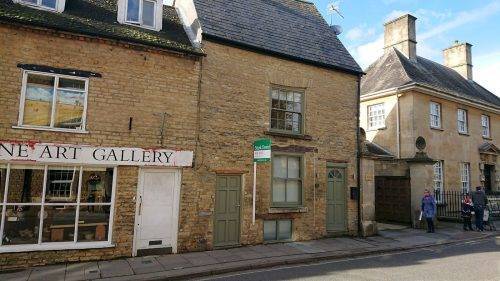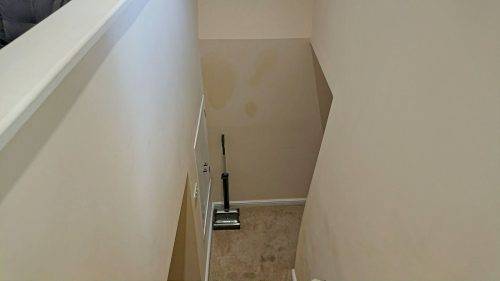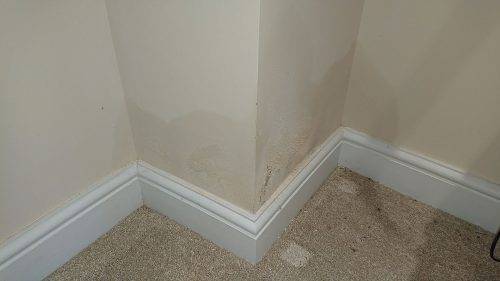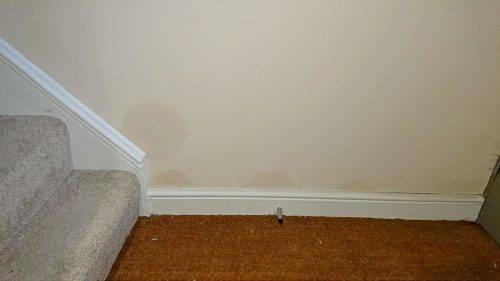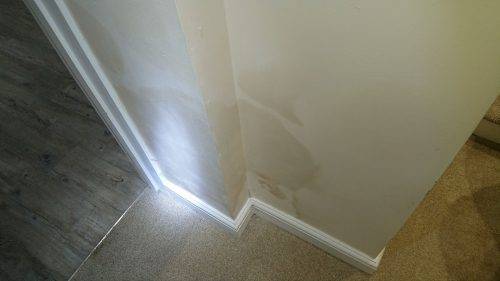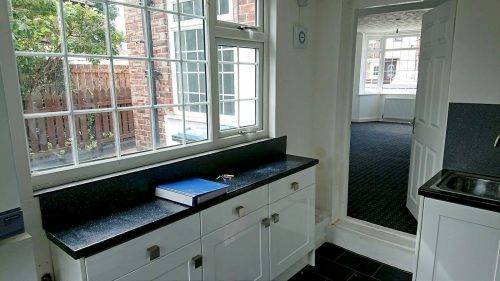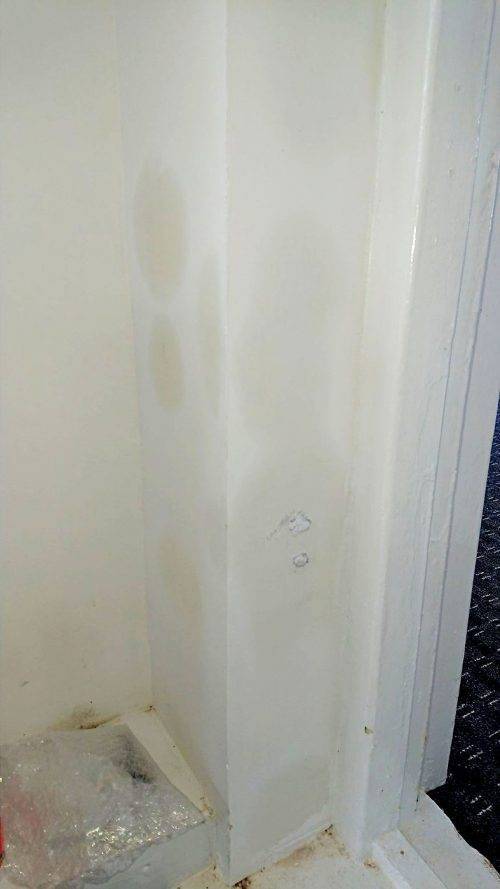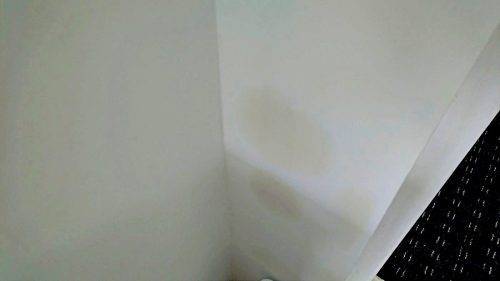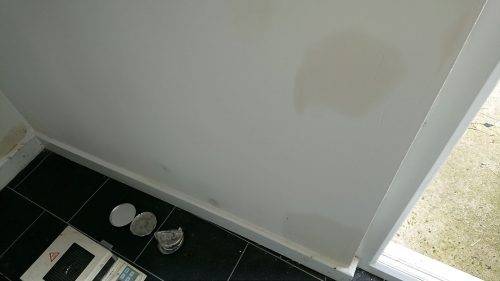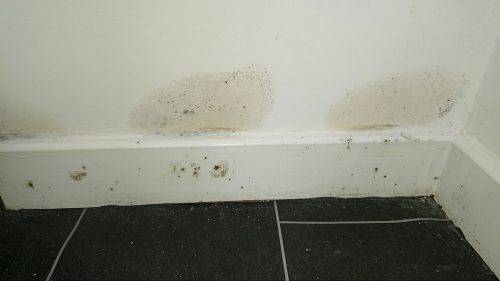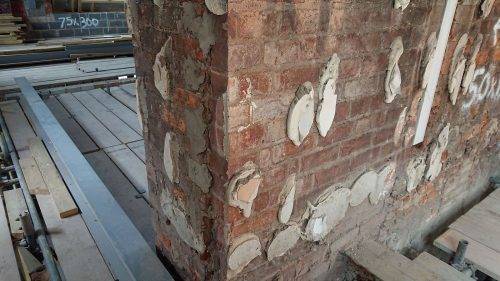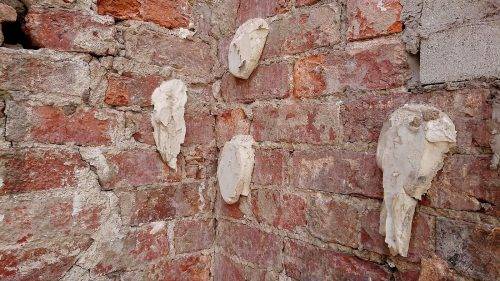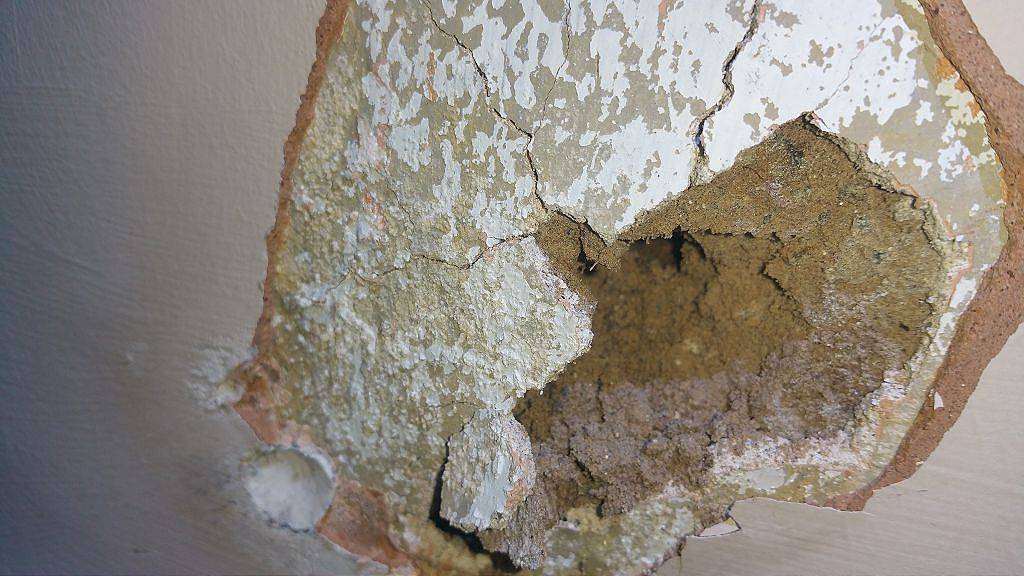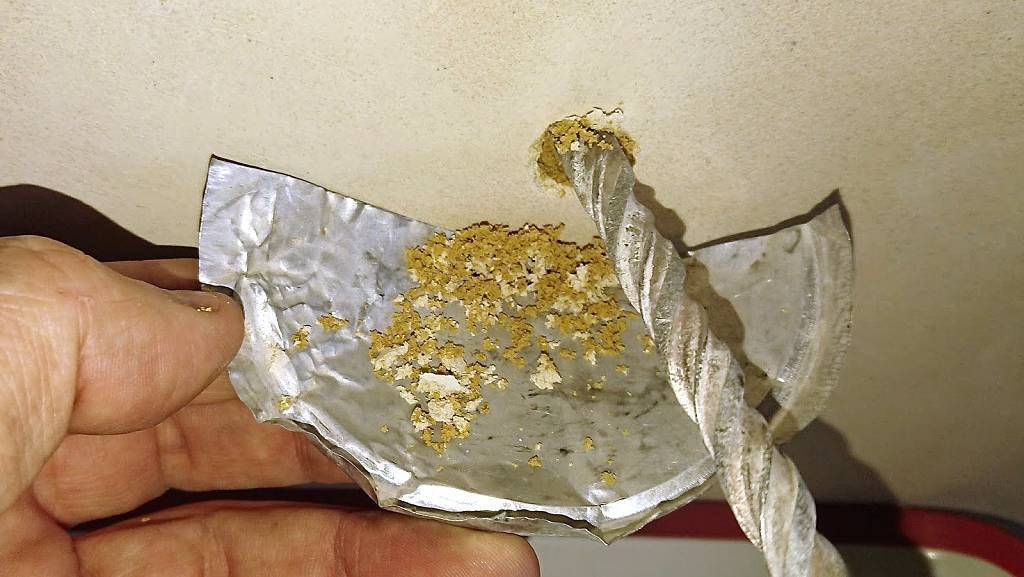Here are some common renovation mistakes which are often done on old buildings that result in the failure of plastering or a significantly shorter lifespan of the finishing and decoration.
If your walls fall into any of these categories:
- older than 100-150 years
- solid wall
- external walls
- diagnosed with rising damp at any time
- visible salts efflorescence on the walls and/or plaster damage
you should seriously consider avoiding any of the practices described below (some of them borderline industry "bad practices") and choosing an alternative option instead.
1. Skimming
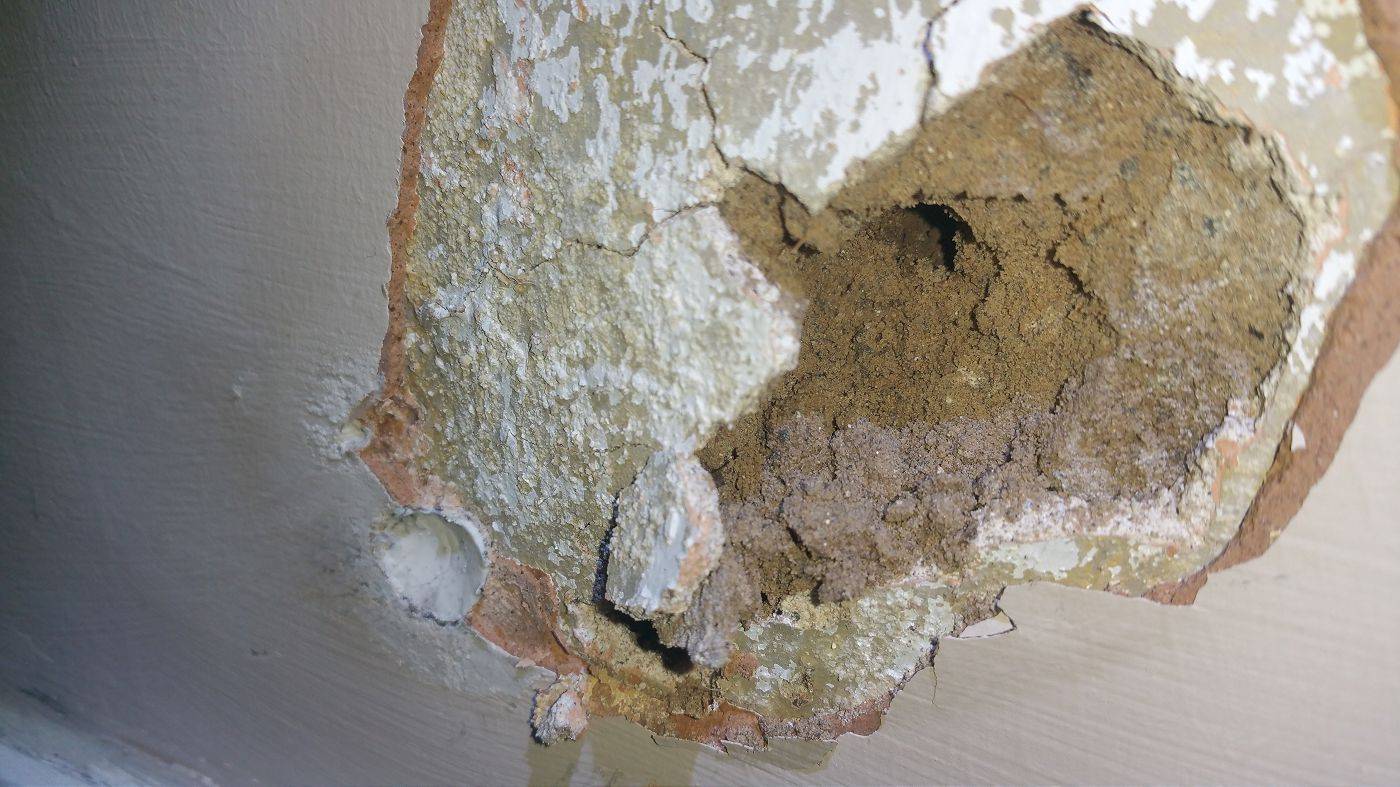
In order to save money, the old plaster is often left on the walls, which are only going to be skimmed with a thin layer of finishing plaster (usually "pink" gypsum). This is not only false economy but a serious mistake that can cost a lot of money to fix later.
Old walls are subject to rising damp which deposits ground salts into the building fabric. In addition, solid walls are also subject to condensation due to temperature differences between the inner and outer environment as well as driving rain. This results in salts migration; some of the salts migrate into the plaster, ruining it.
Skimming over salty surfaces will ruin the fresh skim in a matter of months, which can only be fixed by a complete replastering.
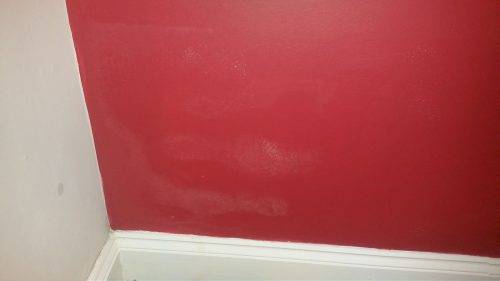
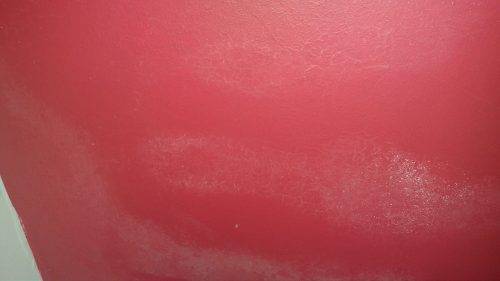
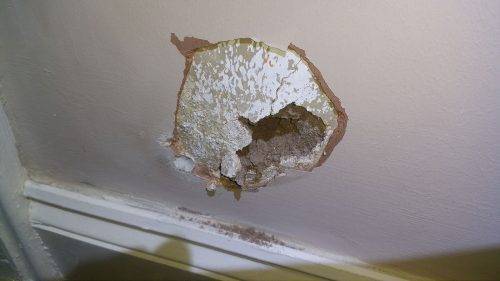
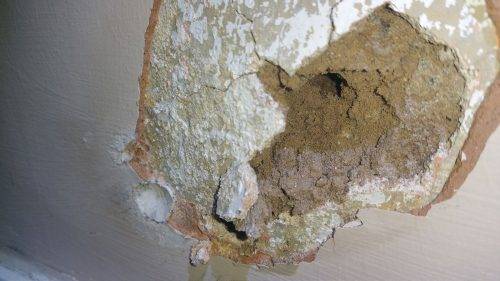
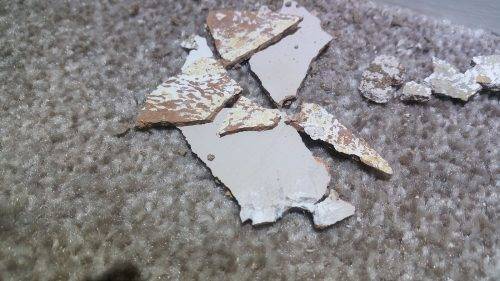
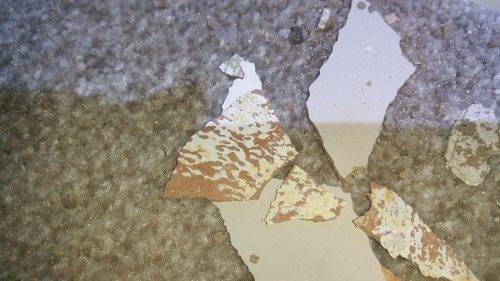
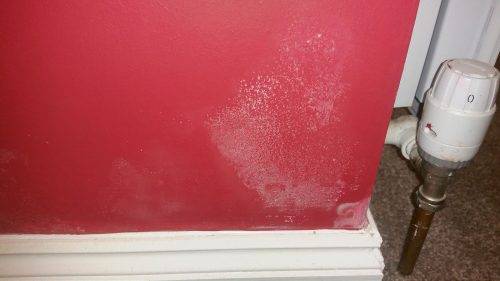
Alternative: remove the old plaster completely then replaster from scratch, or use plasterboard. Do not skim.
2. Using cement instead of lime
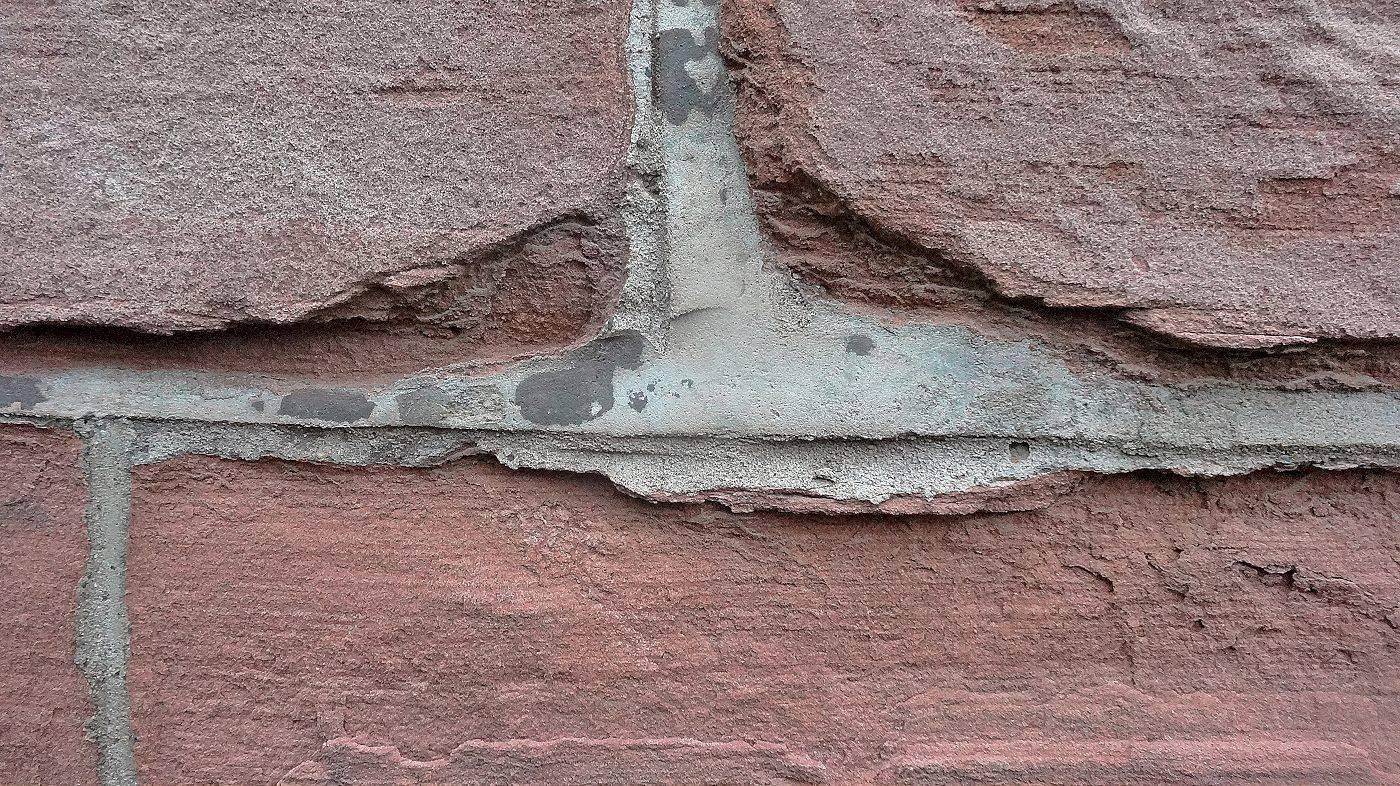
Many old buildings are being incorrectly renovated with cement based on the misconception that waterproof cement protects the walls from future dampness.
This is a mistake. Cement is hard and cracks over time. Moisture finds its way into the building fabric, it gets trapped behind the non-breathable cement, unable to evaporate.
Cement plasters don‘t solve dampness problems, they only make it worse. They simply trap moisture which following the path of least resistance will resurface somewhere else.
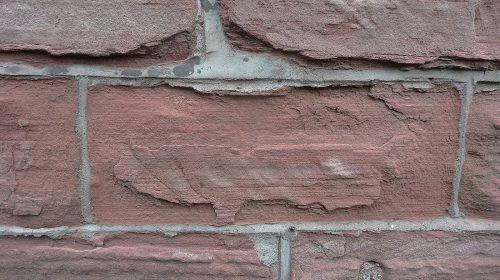
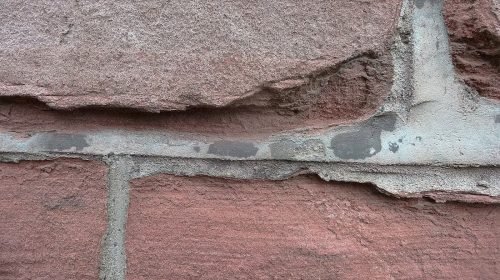
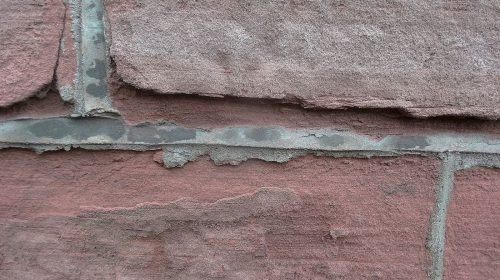
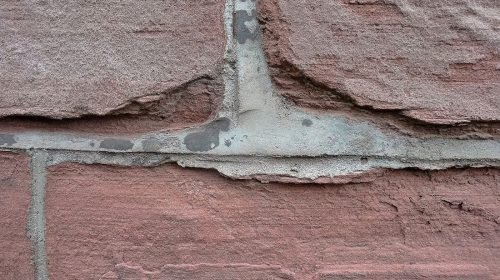
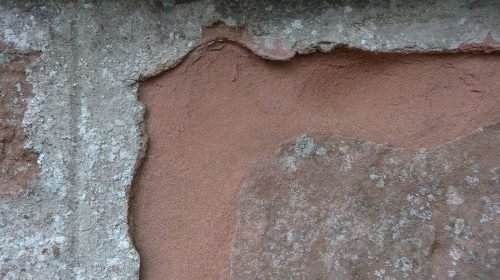
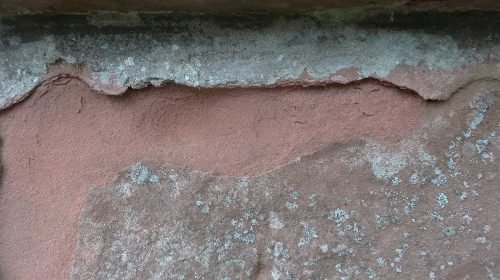
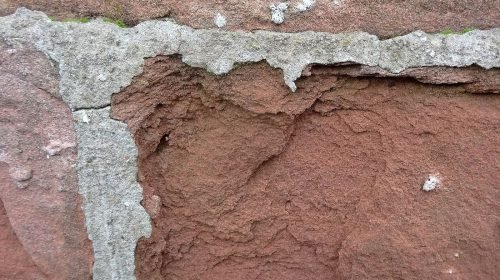
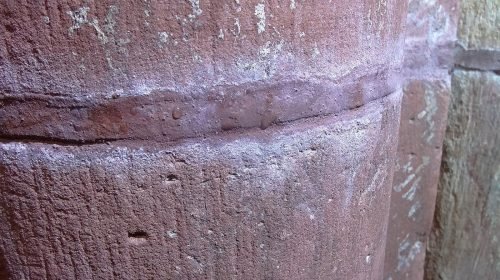
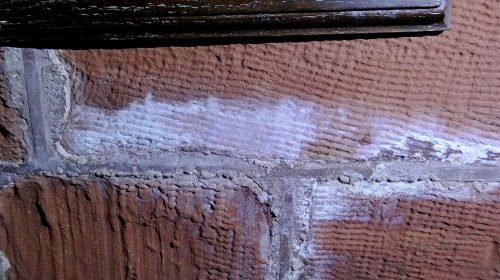
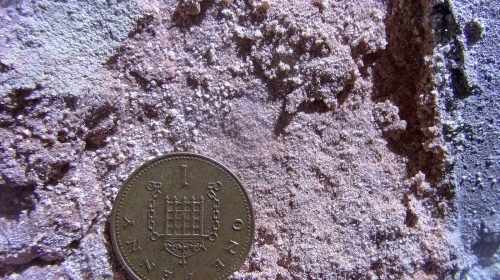
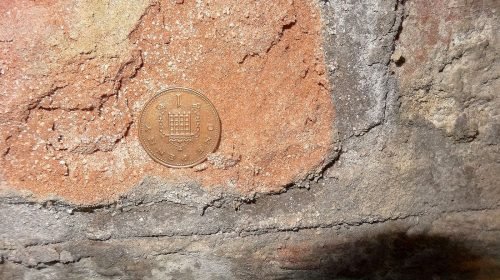
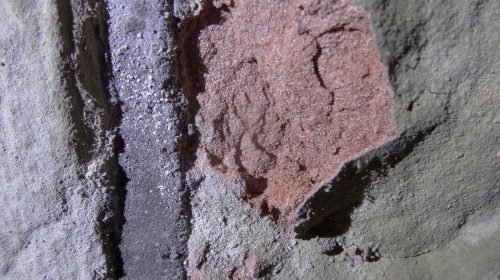
Dense cement is also a poor heat insulator, increasing the risk of condensation thus favoring the growth of mould.
3. No salts resistant base coat
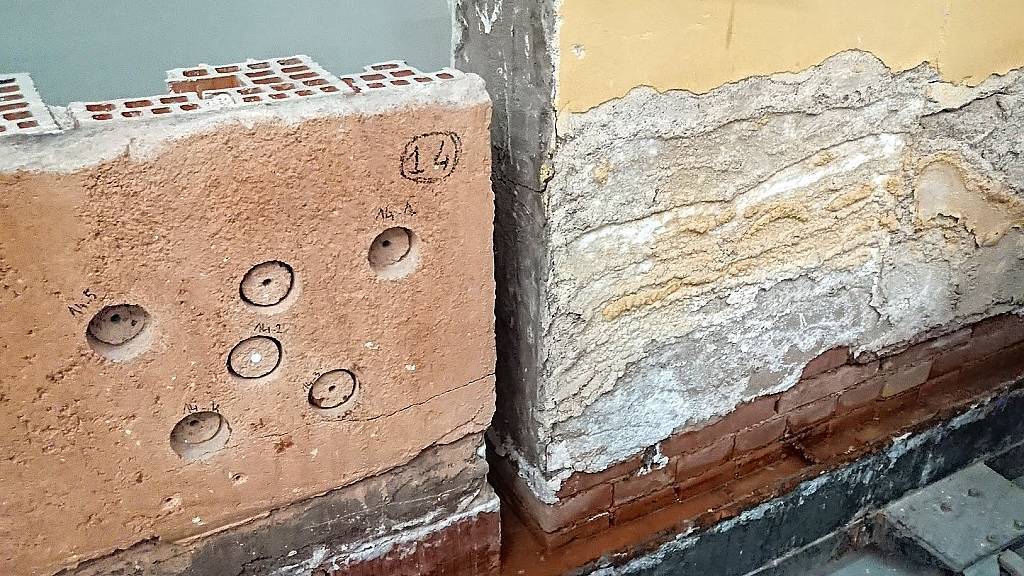
Contrary to common belief, using lime instead of cement does not guarantee a long lasting finish.
The missing ingredient here is a special breathable lime base coat that can cope with the destructive effect of ground salts without breaking down.
The main reason behind the sacrificial nature of lime plasters are crystallizing ground salts. These expand when water evaporates and over time the crystallizing salts gradually break down the plaster.
Our special plaster Rinzaffo MGN ensures a long-lasting finish that can last for decades without breaking down or being eroded by salts. See below the difference in performance between a "normal" lime plaster and our Rinzaffo.
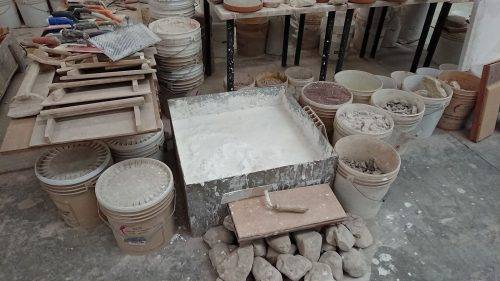
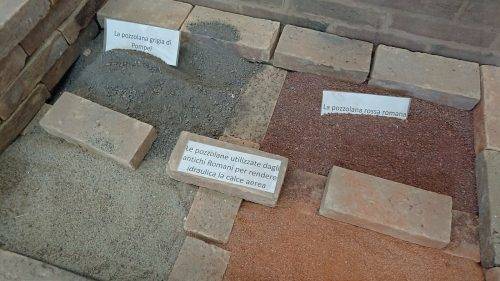
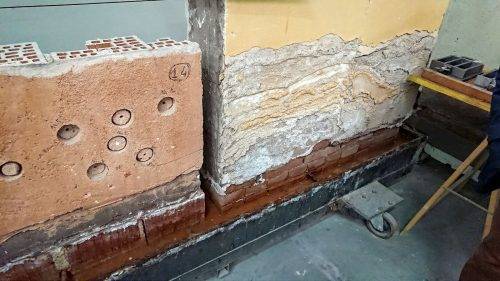
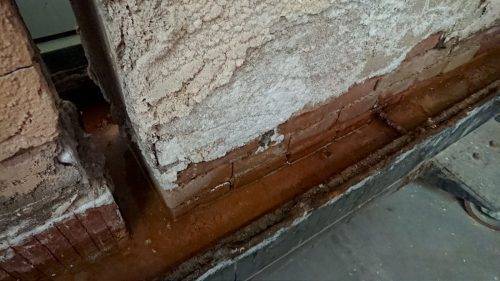
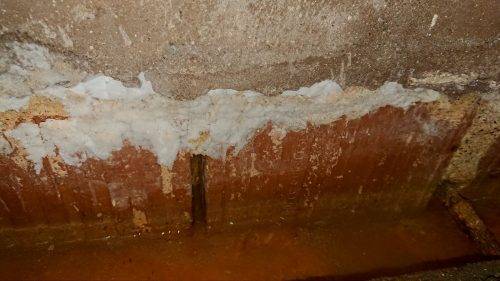
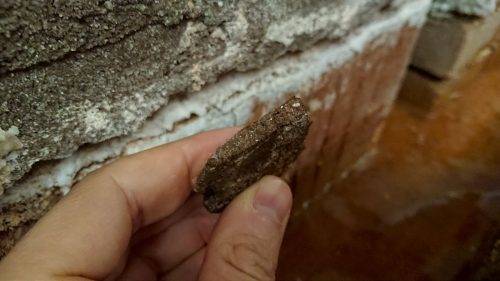
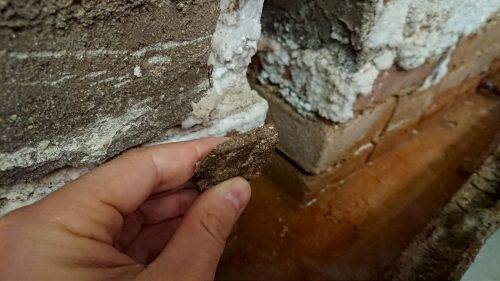
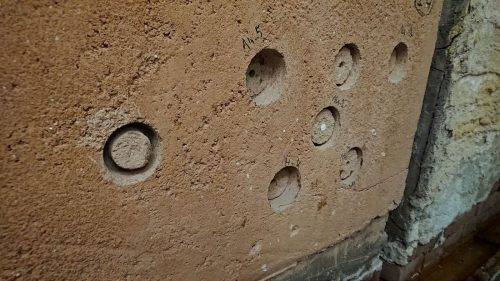
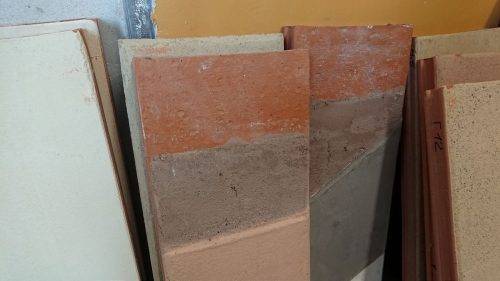
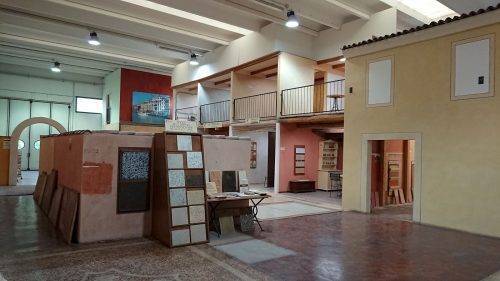
4. Sealing the moisture into the fabric
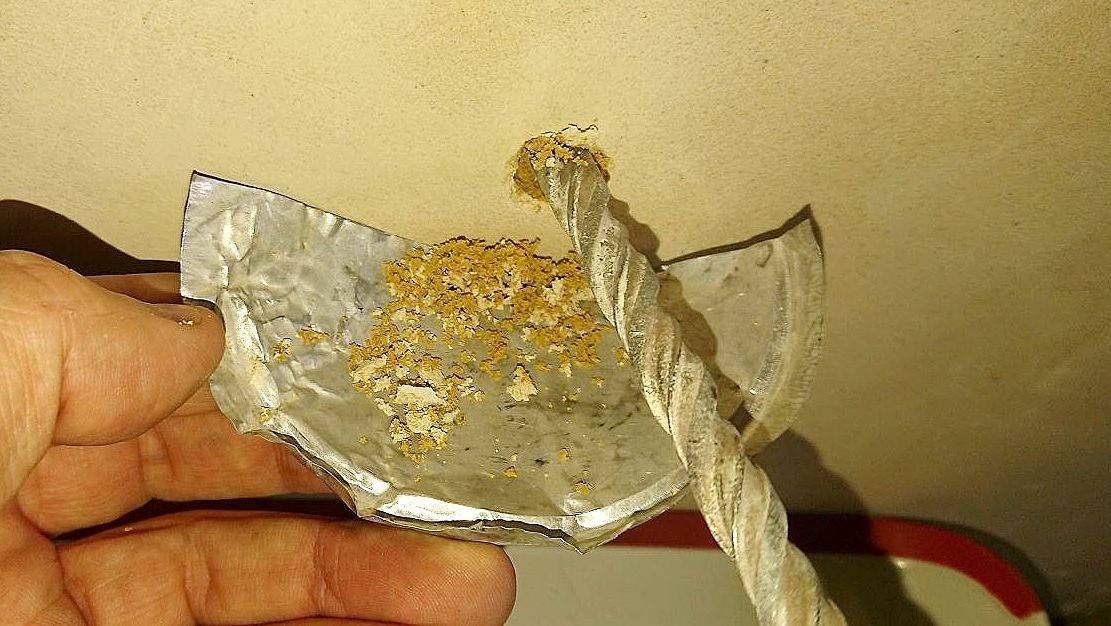
Cement plasters and renders, plastic membranes, synthetic emulsion paints, various other waterproof coatings (tanking) are some of the widely used „quick-fix“ solutions to the problem of damp in old buildings.
Because these solutions do not take into account the basic requirement of old buildings – that they need to breathe – this often leads to future damp problems such as cold walls, condensation, dampness on the internal walls, flaking paint, rotten joists and timber fittings and increased heating bills.
The preferred solutions should be in the direction of more breathability rather than less, the walls should be left to breathe rather than sealed up. The concept of breathability is of paramount importance in choosing the right building materials and renovation procedures.
5. Dot & Dabbing

Dot-and-bad is a budget plasterboard mounting technique. Instead of using timber or galvanized steel battens to fix the plasterboard onto the walls, dot-and-dab glues the plasterboard onto the surface of walls.
For old buildings, this technique creates the following potential problems:
- Condensation and mould: the glue being in contact with the external solid wall surface, will cool down. These cold points (thermal bridges) often create localized condensation and mould problems on/around the mounting points.
- Surface damp patches: the ground salts from the underlying building fabric can migrate through the glue into the new plasterboard. Salts being hygroscopic (able to attract humidity) they can trap humidity from the environment resulting in surface damp patches and a spotty appearance of the plasterboard.
Here are some examples of dot-and-dabbing and some damages caused by it.
